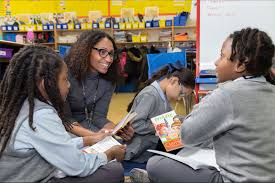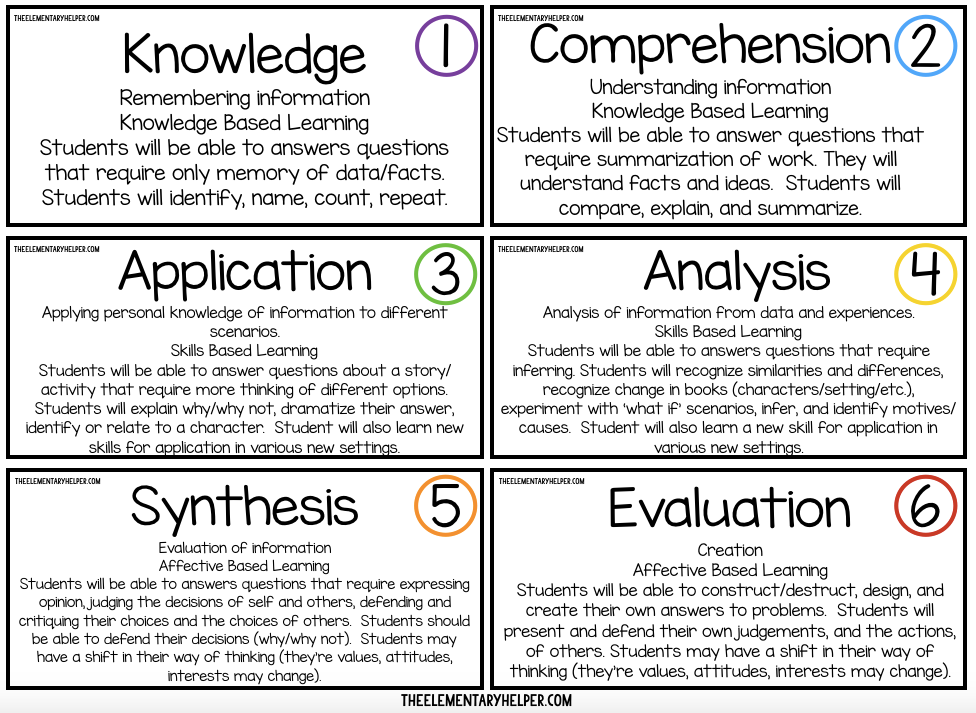Introduction:
As a high school language arts teacher, it is important to always look for ways to engage students in their learning and connect it to the world around them. One platform that has surprisingly proven effective in achieving this is Instagram. What started as a simple photo-sharing app has now become a useful tool that I often incorporate into my language arts curriculum. In this article, I will discuss how I use Instagram in high school language arts, its benefits, and some tips on how you can do the same.
Creating Classroom Community:
Firstly, Instagram helps build a sense of community among students. By setting up a private account solely for my language arts class, I am able to encourage student interaction by posting pictures, quotes, and daily writing prompts. Students are encouraged to follow the account on their own devices and engage in meaningful conversations through comments. Not only does this promote classroom bonding, but it also brings literature and writing into their daily lives outside of school hours.
Visual Presentations:
Instagram’s core concept revolves around visual content, which aids language learning. For example, when reading novels or plays together as a class, we create visual storyboards together on Instagram. Students collaborate on visually summarizing different scenes and themes using images that they find online or illustrate themselves. This helps reinforce their understanding of plot development and theme analysis in an interactive way.
Incorporating Poetry:
Poetry is an essential component of language arts curriculum; however, students often find it intimidating. To break this barrier down, I use Instagram as a medium for students to share their brief poetic expressions—also known as “insta-poems.” Insta-poems are short messages written with aesthetic visuals that make them more accessible and appealing than traditional poetry formats. By encouraging students to write insta-poems related to our course materials or current events, they build confidence with language and poetry while also gaining an appreciation for poetry outside of the classroom setting.
Connecting with Authors:
Through Instagram, we can directly connect with authors of the books we read in class. By following their accounts or using their hashtags, students can keep up with an author’s work, engage in Q&A sessions, and see where an author draws inspiration. This generation of authors is often active on Instagram and even shares exclusive content related to their books. Gaining insights into the lives of authors enriches students’ understanding and appreciation of literature.
Reflections and Tips:
Using Instagram in a high school language arts class has proven to be highly beneficial in promoting engagement, building community, and providing a contemporary approach to traditional curricular content. If you decide to incorporate Instagram into your own language arts class, be sure to adhere to your school’s social media policy and maintain privacy for all students by utilizing a private account just for classroom use. Additionally, be creative and open-minded when adapting lessons or assignments for Instagram – think outside the box!
In conclusion, incorporating Instagram as a teaching tool in high school language arts not only helps foster engagement with course material but also allows students to see how literature connects to the wider world. Integrate this visually-driven platform into your language arts class, and see how it takes student engagement and learning to a new level.








